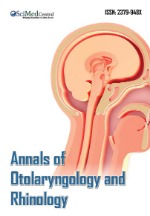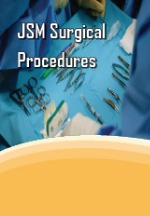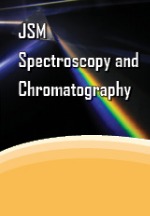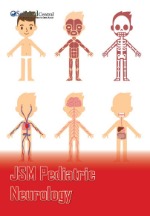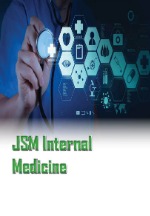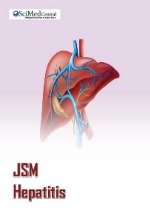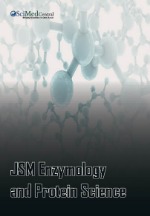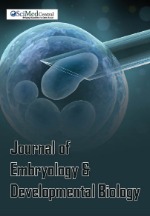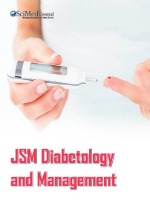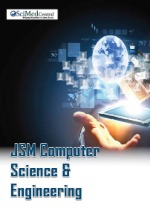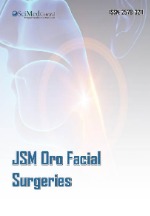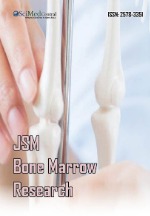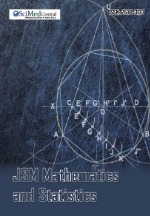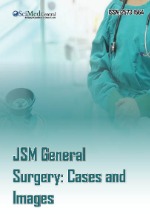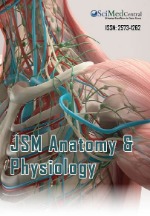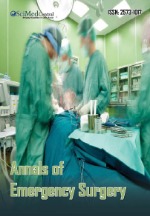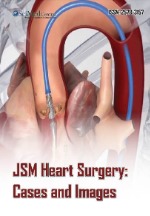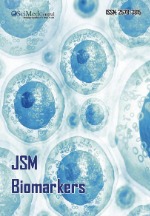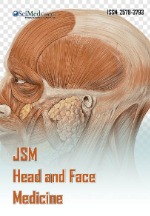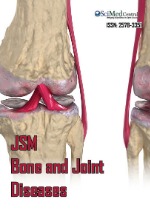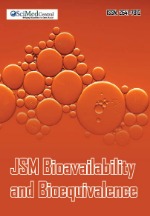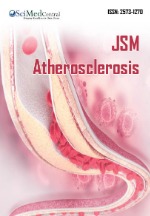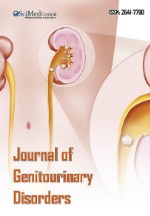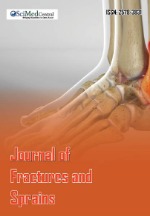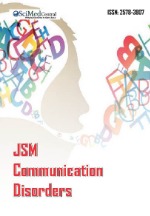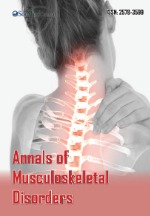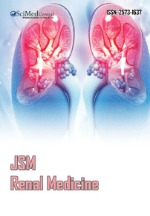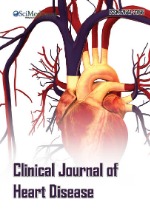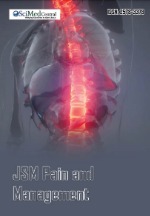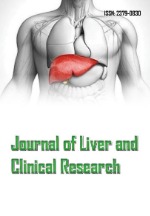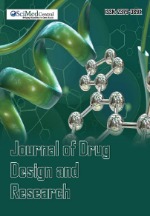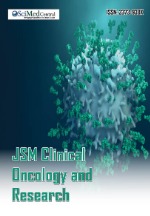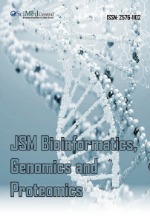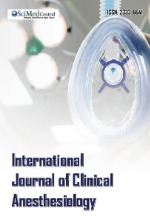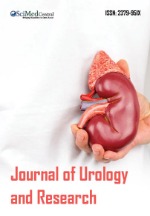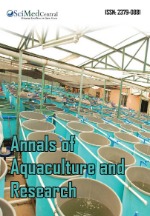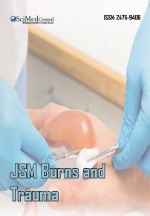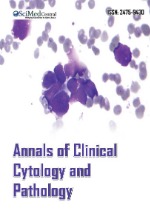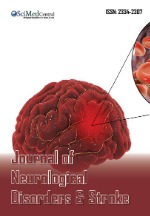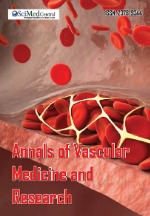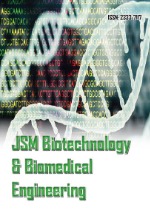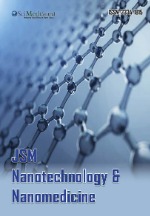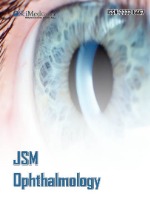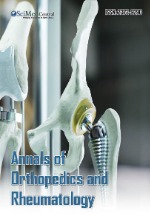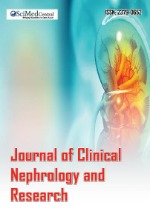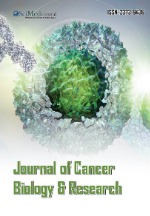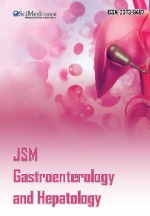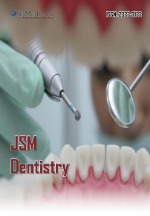Laparoscopic Left Anterior Transperitoneal Submesocolic Adrenalectomy for Surgical Treatment of Pheochromocytoma
- 1. Department of General Surgery and Surgical Specialties “Paride Stefanini”, Sapienza University of Rome, Rome, Italy
- 2. Department of Experimental Medicine, Sapienza University of Rome, Rome, Italy
- 3. Department of Radiological Oncological and Pathological Sciences, Sapienza University of Rome, Rome, Italy
- 4. Department of General Surgery, Università Politecnica delle Marche, Ancona, Italy
Abstract
Background: After the introduction of Laparoscopic Adrenalectomy (LA), the treatment of both benign and malignant adrenal lesion has radically changed in favor of minimally invasive surgery also for the treatment of Pheocromocytoma (PHE). Aim of the present study is to evaluate the results after laparoscopic left anterior transperitoneal submesocolic adrenalectomy (LLATSA) in case of left adrenal pheochromocytoma.
Materials and methods: This study is a retrospective analysis of prospectively collected data. From January 1994 to October 2016, 489 patients underwent LA. Of these, 29 patients (14 men, 15 women, mean age 52.8 years, range 25 - 82) underwent LLATSA for PHE.
Results: Conversion to open surgery was observed in two cases due to difficult anatomical identification (6.9%). Mean operative time was 90 minutes (range 40 - 195). Postoperative complications were not observed and blood transfusions were not required in any case. One ASA III patient died on postoperative day 4 from acute myocardial infarction. Mean hospital stay was 3.9 days (range 2-7). Mean lesion size was 5 cm (range 2-10).
Conclusions: LLATSA is a valid surgical treatment in case of PHE, with no significant intra operative blood pressure instability. Early identification of the adrenal vein is the main advantage of this technique. This approach requires adequate surgical expertise because it is conducted in a narrow operative field close to major vascular structures.
Keywords
• Adrenal lesions
• Laparoscopic adrenalectomy
• Pheochromocytoma
• Laparoscopic left anterior transperitoneal submesocolic adrenalectomy (LLATSA)
Citation
Balla A, Quaresima S, Seitaj A, Isidori AM, Iafrate F, et al. (2017) Laparoscopic Left Anterior Transperitoneal Submesocolic Adrenalectomy for Surgical Treatment of Pheochromocytoma. J Endocrinol Diabetes Obes 5(1): 1099.
ABBREVIATIONS
LA: Laparoscopic Adrenalectomy; PHE: Pheochromocytoma; LLATSA: Laparoscopic Left Anterior Transperitoneal Submesocolic Adrenalectomy
INTRODUCTION
After the introduction of Laparoscopic Adrenalectomy (LA) in 1992 by Michel Gagner [1], the treatment of both benign and malignant adrenal lesions has radically changed in favor of minimally invasive surgery also for the treatment of Pheocromocytoma (PHE) [2]. As compared to open surgery, LA is associated with lower morbidity rates and postoperative hospital stay, with the same surgical and oncological results [3,4]. Several laparoscopic approaches have been proposed, including the transperitoneal one with patient in lateral or supine decubitus position and the retroperitoneal one with patient in prone position [5,6].
Aim of the present study is to evaluate the results after laparoscopic left anterior transperitoneal submesocolic adrenalectomy (LLATSA) in case of PHE.
MATERIALS AND METHODS
This study is a retrospective analysis of prospectively collected data. Institutional review board (IRB) approval and informed consent from all individual participants included in the study were obtained. From January 1994 to October 2016, 489 patients underwent LA in two centers (Department of General Surgery, Università Politecnica delle Marche, Ancona, Italy, and Department of General Surgery and Surgical Specialties “Paride Stefanini”, “Sapienza” University of Rome, Italy) which follow the same treatment protocol and surgical technique. Of these, 29 patients (14 men, 15 women, mean age 52.8 years, range 25 - 82) underwent LLATSA for PHE.
Before surgery all patients were studied with physical examination and laboratory tests as well as plasma Cortisol, urinary free Cortisol (UFC), ACTH, DHEAS, 17-OH Progesterone (17-OHP), testosterone, supine and upright plasma renin activity (PRA), aldosterone, urinary aldosterone, catecholamines’ excretion and vanillylmandelic acid (VMA). Computerized Tomography (CT) and Magnetic Resonance Imaging (MRI) were performed in each case before surgery. Pharmacological preparation with alpha-blockers (doxazosin 20 mg/day) 15 days before surgery was performed [7-10]. Beta-blockers were administered in case of tachycardia episodes (atenolol 100-200 mg/day). Alpha-blockers were suspended the day before surgery and 2000 cc of normal saline solution was administered [10].
Complications were classified according to the Clavien-Dindo Classification [11].
SURGICAL TECHNIQUE
Surgery is performed with the patient in supine; anti-Trendelemburg position and operative table tilted 30° with the patient’s right side down, in order to improve the vision of the operative field. The surgeon stands on the side which is ipsi lateral to the lesion.
Under general anesthesia, a urinary catheter and oro-gastric tube are positioned. Central venous and intra-arterial radial artery catheters are employed for rapid infusion of liquids and for continuous blood pressure measurement.
Pneumoperitoneum is established at the umbilicus at 12-15 mmHg intra peritoneal pressure with an optical trocar, a Veress needle or a Hasson cannula, according to the presence of surgical scars from previous abdominal surgical procedures and to surgeon’s preference. A 30° optic and four trocars are employed. The trocars are positioned as previously reported [2,12]. Surgery is performed using a radiofrequency (LigaSure™ tissue fusion, Covidien, Mansfield, Massachusetts, USA) or ultrasonic (Ultracision, Harmonic Scalpel, Ethicon Endo Surgery, Cincinnati, Ohio, USA) device. The first step of the operation is to raise the greater omentum and transverse mesocolon with atraumatic forceps, and to shift the first jejunal loop to the patient’s right side, so as to expose the superior duodenal recess and the inferior mesenteric vein at this level (Figure 1).

Figure 1 Identification of the inferior mesenteric vein at the level of the duodenal recess after having raised the greater omentum and transverse mesocolon and after lateral displacement of the first jejunal loop towards the right side of the patient.
The posterior peritoneum is divided between the duodeno- jejunal angle and the inferior mesenteric vein, to expose Toldt’s fascia along the inferior margin of the pancreatic body. Blunt dissection is carried along the retropancreatic space raising the body and tail of the pancreas and the splenic vein, until the superior margin of the left renal vein is identified. The left renal vein is followed medially until the left inferior adrenal vein is identified, prepared and divided between clips (AcuClip, Tyco/Healtcare, Norwalk, Connecticut, U.S.A., or Hemo-Lock, Teleflex, Wayne, Pennsylvania, U.S.A.) prior to any gland manipulation (Figure 2).

Figure 2 The adrenal vein has been identified and divided between clips prior to any gland manipulation.
The adrenal gland is then mobilized using the energy device and it is removed with a specimen retrieval bag [2,12].
For better visualization of the vascular structures and of the adrenal gland in the retroperitoneal fat, near infrared-indocyanine green (NIR-ICG) fluorescence, which has recently been introduced into clinical practice, may be employed to improve the safety of the procedure, particularly in obese patients.
RESULTS AND DISCUSSION
Preoperative patients’ characteristics are reported in (Table 1).
Table 1: Patients’ characteristics.
| Left Submesocolic Approach | |
| Sex ratio (M:F) | 14:15 |
| Mean age, years (range) | 52.8 (25 - 82) |
| BMI*, kg/m2 (range) | 25.6 (18 - 33) |
| Previous abdominal surgery (n) | - |
| *BMI: Body Mass Index |
Conversion to open surgery was observed in two cases early in the series because of difficulties in anatomical identification (6.9%). Mean operative time was 90 minutes (range 40 - 195). During surgery, blood pressure was stable in all cases accept two (6.9%) and it was controlled with clonidine and nitroglycerin. In both cases the pressure instability did not lead to changes in the surgical strategy.
NIR-ICG florescence was recently employed in 6 cases (21%), which led to improved visualization of the adrenal gland and of vascular structures.
Postoperative complications were not observed and blood transfusions were not required in any case. One ASA III, HIV+ patient with a history of coronary artery by-pass grafting died on postoperative day 4 from acute myocardial infarction (MI). Patients’ ambulation and resumption of an oral diet occurred on the first postoperative day. Mean hospital stay was 3.9 days (range 2 - 7). Mean lesion size was 5 cm (range 2 - 10) (Table 2).
Table 2: Results.
| Left Submesocolic Approach | |
| Conversion rate, n (%) | 2 (6.9) |
| Complications, n | 0 |
| Blood transfusions, n | 0 |
| NIR-ICG* fluorescence, n (%) | 6 (21) |
| Mean lesion size, cm (range) | 5 (2 - 10) |
| Mortality, n (%) | 1 (3.4) |
| Mean hospital stay days (range) | 4.4 (2 - 8) |
| *NIR-ICG: near infrared-indocyanine green | |
Laparoscopic adrenalectomy is now the gold standard treatment in case of PHE but also for patients with Conn’s syndrome, Cushing’s disease, incident alomas and adrenal cancer or metastases [2,13]. Several laparoscopic approaches to the adrenal gland have been proposed and a standard treatment of choice has yet to be defined [14,15].
The most frequently used approach is the transperitoneal lateral one, as proposed by Gagner [1,2]. It is performed with the patient in lateral decubitus position and it provides a wide working space and clear visualization due to gravity draining blood away from of the operative field, but it entails extensive mobilization of the spleno-pancreatic complex [16,17].
The second most common approach is the retroperitoneal one, with patient in prone position [8,15,18]. According to some authors, this approach is preferable because there is no need to enter the peritoneal cavity, no risk of incisional hernia and no risk of complications from bowel manipulation [1,6]. Other purported advantages are the need for lower doses of analgesics, shorter operative time and reduced hospital stay [16,17,19]. It is also preferred in case of previous abdominal surgical procedures and in obese patients.
The transperitoneal anterior submesocolic and retropancreatic approach described in the present paper was proposed for the first time by Delbet, a French surgeon, in 1912 [20] and originally applied laparoscopically by the authors [2,12,21]. In the authors’ opinion the main advantage of this approach is the early identification and ligation of the adrenal vein in order to reduce the risk of catecholamines’, cortical hormones’ and neoplastic cells’ spread from the adrenal gland in case of PHE, Conn or Cushing syndrome and adrenal cancer or metastases. Access to the left inferior adrenal vein is achieved without a wide dissection, as instead it is required with the lateral or traditional anterior approaches, which mandate mobilization of the spleno-pancreatic complex or of the left colonic flexure, respectively [2,12,21]. Early control of the adrenal vein is obtained also during the retroperitoneal approach, but in case of severe bleeding the position is not favorable for a rapid conversion to open surgery without repositioning the patient and it is not possible to perform additional intra-abdominal surgical procedures, should anyone be required [2,12,21]. Moreover, in case of PHE the patients’ position may itself be a cause of pressure instability [22].
Finally, in the literature some authors consider an adrenal lesion’s size of more than 6 cm as a contraindication for laparoscopic surgery due to the risk of malignancy [23,24]. In the present series, lesions of up to 10 cm in diameter were removed with no adverse outcomes and the procedure has proven to be feasible and safe in every case.
CONCLUSION
The present series confirms that laparoscopic left anterior transperitoneal submesocolic adrenalectomy is a valid surgical treatment in case of PHE, with no significant blood pressure instability. Early identification, ligation and division of the adrenal vein are the main advantage of this technique. However, it requires adequate experience because it is conducted in a narrow operative field close to major vascular structures including the left renal vein, the left splenic vein and the aorta.


